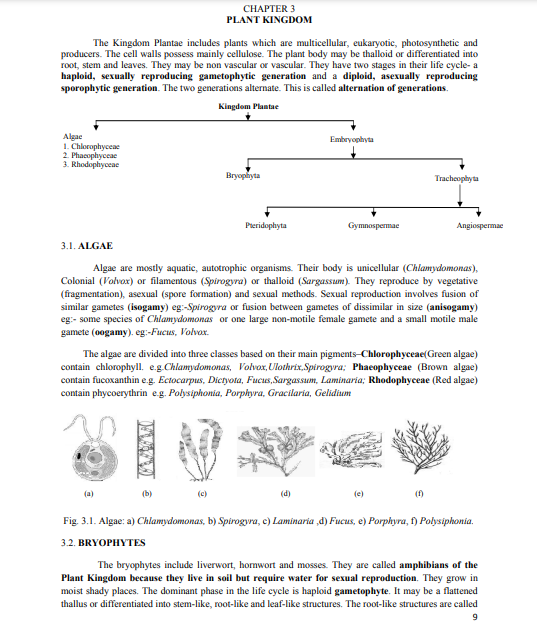Limits and Continuity Problems with Solutions
Limits and Continuity Problems with Solutions PDF Download
Limits and Continuity Problems with Solutions PDF download link is given at the bottom of this article. You can direct download PDF of Limits and Continuity Problems with Solutions for free using the download button.
Dear readers, here we are offering limits and continuity problems with solutions pdf to all of you.
Limits and Continuity Problems with Solutions PDF Summary
Dear readers, right here we are supplying limits and continuity troubles with options pdf to all of you. Santana components is one of the most vital matters of classification twelfth maths due to the fact it is extensively used in calculus. Along with this, inverse trigonometry formulation and solely trigonometry features are additionally used more. Well, Continuity is based totally on Inverse Trigo and Function. A characteristic is stated to be non-stop if it is non-stop at each factor in its domain. A feature is decided to be non-stop on an interval, or a subset of its domain, if and solely if it is non-stop at each factor in its domain.
Addition, subtraction, and multiplication of non-stop features with the equal area are additionally non-stop barring at a factor in which the denominator is equal to zero. Continuity can additionally be described with admire to limits by using announcing that f(x) is non-stop at x₀ of its area if and solely if, for values of x in its domain, Limit And Continuity is the most necessary thinking which is additionally referred to as Limit. In which the entire find out about is completed about the geometric graph. The formulation furnished right here is solely to improve maths find out about and entire a clever education graph who are aspirants to clear twelfth class
Limits and Continuity Problems with Solutions PDF 2023
Many features have the property that they can hint their graphs with a pencil besides lifting the pencil from the paper’s surface. These sorts of features are known as continuous. Intuitively, a characteristic is non-stop at a specific factor if there is no destroy in its plan at that point. A unique definition of continuity of a actual characteristic is supplied usually in a calculus’s introductory path in phrases of a limit’s idea. First, a characteristic f with variable x is non-stop at the factor “a” on the actual line, if the restriction of f(x), when x methods the factor “a”, is equal to the fee of f(x) at “a”, i.e., f(a). Second, the characteristic (as a whole) is continuous, if it is non-stop at each factor in its domain.
Mathematically, continuity can be defined as given below:
A characteristic is stated to be non-stop at a precise factor if the following three prerequisites are satisfied.
As cited before, a characteristic is stated to be non-stop if you can hint its design barring lifting the pen from the paper. But a characteristic is stated to be discontinuous when it has any hole in between.
Below determine indicates the diagram of a non-stop function.
Limit Definition
A limit of a function is a number that a function reaches as the independent variable of the function reaches a given value. The value (say a) to which the function f(x) gets close arbitrarily as the value of the independent variable x becomes close arbitrarily to a given value “A” symbolized as f(x) = A.
Points to remember:
- If limx→a- f(x) is the expected value of f at x = a given the values of ‘f’ near x to the left of a. This value is known as the left-hand limit of ‘f’ at a.
- If limx→a+ f(x) is the expected value of f at x = a given the values of ‘f’ near x to the right of a. This value is known as the right-hand limit of f(x) at a.
- If the right-hand and left-hand limits coincide, we say the common value as the limit of f(x) at x = a and denote it by limx→a f(x).
One-Sided Limit
The limit is based completely on the values of a function taken at x -value that is slightly greater or less than a particular value.
Properties of Limit – Limits and Continuity Problems with Solutions PDF
- The limit of a function is represented as f(x) reaches L as x tends to limit a, such that; limx→af(x) = L
- The limit of the sum of two functions is equal to the sum of their limits, such that: limx→a [f(x) + g(x)] = limx→a f(x) + limx→a g(x)
- The limit of any constant function is a constant term, such that, limx→a C = C
- The limit of product of the constant and function is equal to the product of constant and the limit of the function, such that: limx→a m f(x) = m limx→a f(x)
- Quotient Rule: limx→a[f(x)/g(x)] = limx→af(x)/limx→ag(x); if limx→ag(x) ≠ 0






